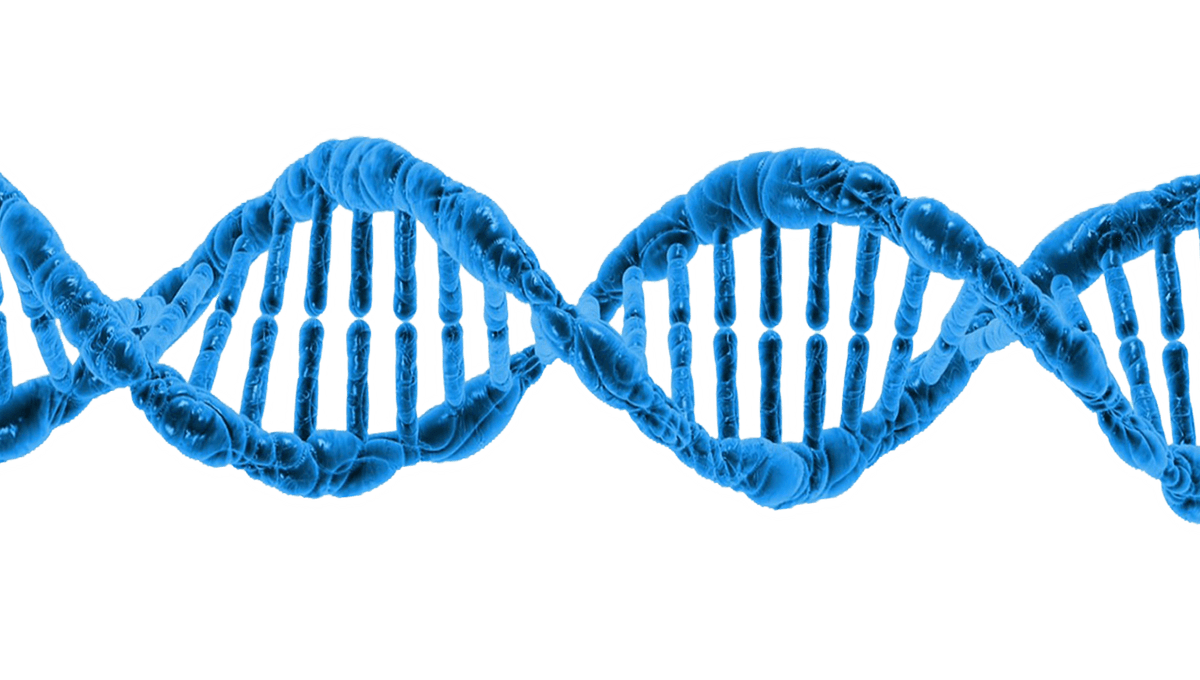
2023 not only marks the 20th anniversary of the Human Genome Project’s completion but also the 70th anniversary of the discovery of the structure of DNA itself. Although this is a significant year for the celebration of the biological sciences and all they have achieved since these milestone events, it is important to remember the contributions of scientists who have been overlooked by the hype.
This is how the story goes
The traditional story goes like this. In the 1953, the American biologist James Watson and English physicist Francis Crick, a plucky and rambunctious scientific duo, discovered the double helix, the spiraling-ladder structure of DNA (deoxyribonucleic acid).
This discovery essentially gave rise to modern molecular biology, a field of study that analyzes the composition, structure and interactions of cellular molecules. This quickly led to fundamental insights into the genetic code and protein synthesis, enabling the production of new scientific techniques in the 1970s and 1980s, especially recombinant DNA research, genetic engineering, rapid gene sequencing, and monoclonal antibodies.
Without Watson and Crick’s discovery, we would not have things like modern forensics, genetic fingerprinting, the complete map of the human genome, or this annoying character from Jurassic Park.
The story is neat and triumphant, but it is incomplete and perhaps a little dishonest. In reality, the story behind the discovery of DNA is more complicated.
Building blocks of life
DNA was actually first identified as early as 1869 by Swiss chemist Friedrich Miescher while experimenting on the chemical composition of leukocytes (white blood cells). In his experiments, Miescher found a precipitate of an unknown substance that he realized was neither a protein nor a lipid. Recognizing that it was in fact a new molecule, he named it a “nuclein” as he had isolated it from the cell’s nuclei – the name has remained to this day as part of “deoxyribonucleic acid”.
Miescher went on to show that nuclein was a characteristic component of all nuclei, and speculated that it may play an important role in the transmission of hereditary traits. Although, he did eventually reject this latter claim.
Unfortunately, Miescher’s work soon fell into obscurity, but other scientists continued to research the molecule he had discovered. One of these was the Russian biochemist Phoebus Levene. Levene received his medical degree from St Petersburg Imperial Medical Academy in 1891, but then fled to New York City due to anti-Semitic persecution. There he devoted himself to chemical research and was the first to isolate nucleotides, the basic building blocks of nucleic acid (RNA and DNA).
Building on Levene’s work, the Austrian biochemist Erwin Chargaff, who had also fled to the US to avoid persecution, made two discoveries that paved the way for the double helix. Firstly, he noted that DNA, whether it came from a plant or an animal, contained equal numbers of guanine and cytosine units, as well as equal amounts of adenine and thymine. This realization hinted at the base pair structure of DNA, though Chargaff wasn’t able to make that connection himself. He also discovered the rule that the amounts of adenine, thymine, cytosine, and guanine varied between species, suggesting that DNA may be the genetic material for all life.
Chargaff actually met Watson and Crick in Cambridge in 1952 and told them about his research. Though he was not particularly fond of the pair, his work nevertheless influenced their subsequent discovery of the helical structure of DNA.
But of all the marginalized scientists who contributed to the story of DNA, the most famous is Rosalind Franklin.
Rosalind Franklin and Photo 51
Franklin was an English chemist and X-ray crystallographer working at Kings College London with physicist Maurice Wilkins to find the structure of DNA. Unfortunately, Franklin and Wilkins did not get along, and their rivalry became legendary. Franklin was dismissed as a “difficult woman” and, as Watson later wrote, according to The Washington Post, “an angry ‘bluestocking’, unimaginative shrew and Jewish daughter of an ‘erudite banking family'”.
Despite their criticism, Franklin was brilliant and had spent months photographing and developing thousands of X-ray crystallography films of DNA, and carrying out painstaking analysis to interpret the diffraction results. Then, in January 1953, Wilkins secretly showed Watson one of Franklin’s photos, the now famous Photo 51, which gave him the insight he needed to make history.
While Watson and Crick went on to publish their groundbreaking discovery in the journal Nature in April 1953, Franklin had moved to Birkbeck College, in London, where she worked on the structures of RNA viruses. She then died of cancer in 1958, never knowing the extent to which her work had been co-opted by Watson and Crick.
Today, the true story behind the discovery of DNA is better known and, whether it was a case of rakish opportunism on Watson’s part or inherent misogyny within the sciences more generally, Franklin’s contributions will nevertheless be worthy of celebration this year.
Source Link: DNA's Double Helix Was Discovered 70 Years Ago. Here Are Some Of The Unsung Heroes Who Made It Happen